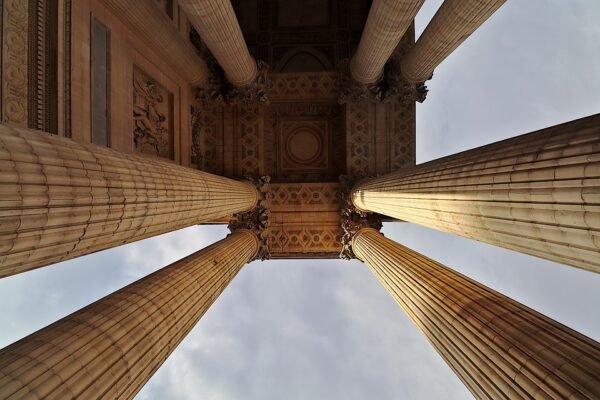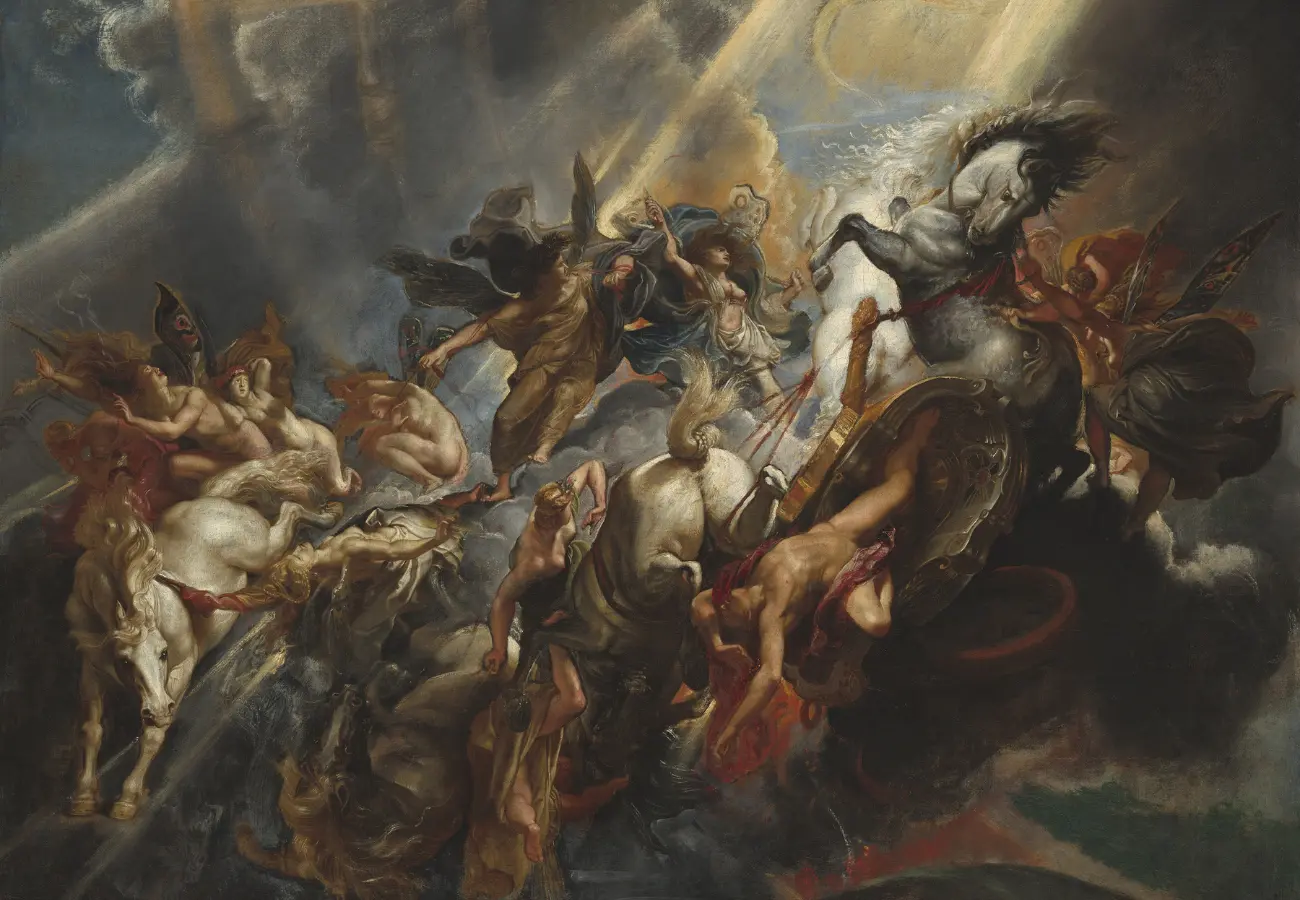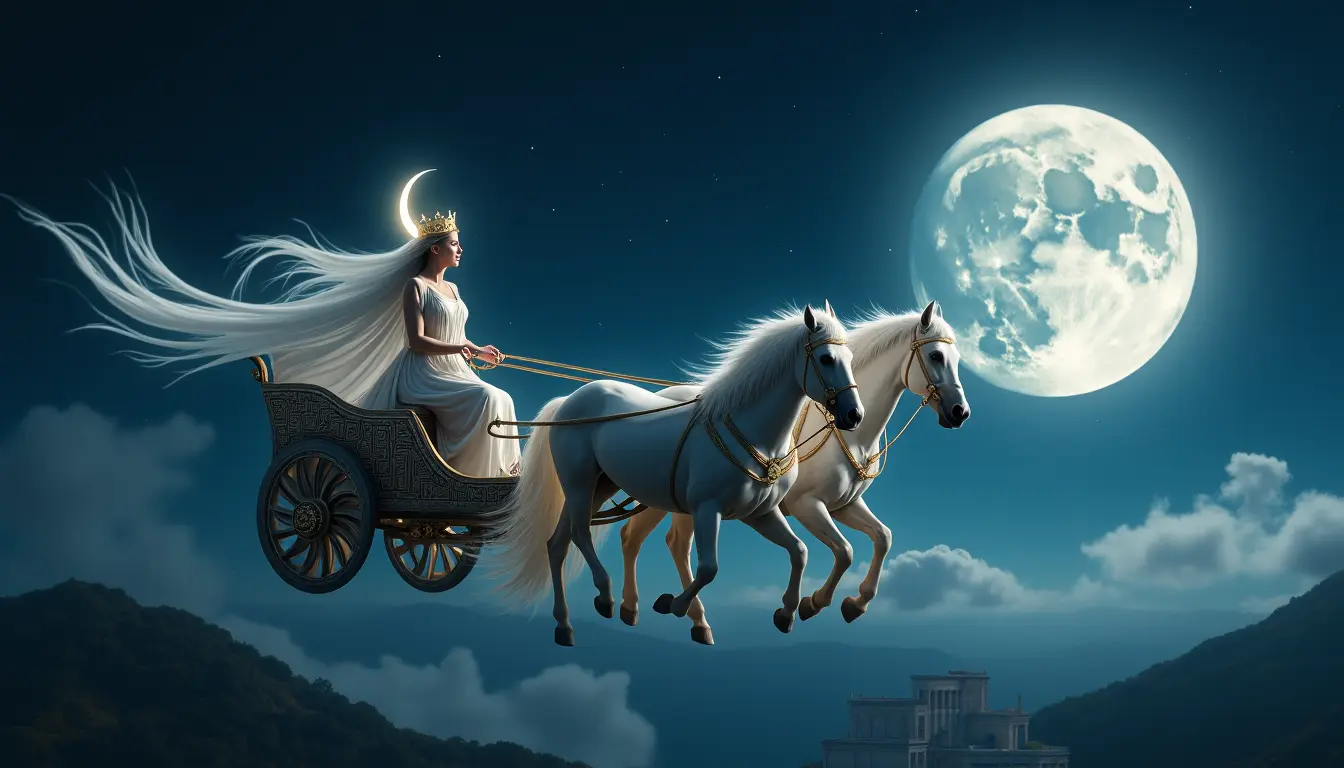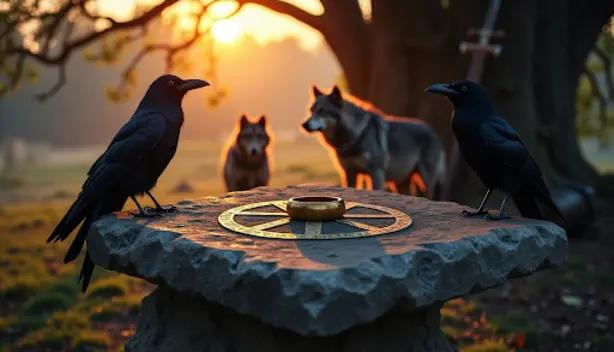

Ancient Greek Goddess of the Moon Selene – Retro Timeline
Selene, the ancient Greek goddess of the moon, held a significant role in mythology and continues to be revered in literature and art to this day. As the granddaughter of Uranus and Gaia, she was one of the Titans and the daughter of Hyperion. Alongside her brother Helios, she managed the movements of the sun and moon in the sky, showcasing her celestial powers.
Selene, also known as Mene, derived her name from the Greek word ‘selas’, meaning light. Depicted as a woman driving a chariot drawn by four-horse teams, symbolizing her control over the nocturnal sky through the moon’s cycle, Selene wore a crown with a crescent moon. Her prominence rose in the 5th century BC, becoming a key figure in the Greek pantheon.
The exact origins of Selene remain unclear, but she was closely linked to Helios, the god of the sun. Some scholars believe they were offspring of the Titans Hyperion and Theia, who represented light and sight. Selene’s relationship with the mortal hunter Endymion was also notable, with various myths surrounding their love story and the granting of immortality by Zeus.
In Greek mythology, Selene had relationships with Zeus, resulting in the birth of daughters Pandeia and Ersa, as well as the nymph Nemea. Apart from Endymion, Selene was also said to have other lovers, including the Greek gods, resulting in offspring such as Pandia and Nemea. Her powers were vast, ranging from healing wounds to bringing peace, harmony, fertility, and growth to the land and calming the seas.
Selene’s legacy endures through the centuries, with her presence still felt in modern art and literature. As a symbol of nature’s power and divine influence, she is invoked in rituals and ceremonies, such as the opening of the Olympics. Selene’s iconic chariot remains a symbol of the moon, embodying her enduring influence and significance in Greek mythology.







